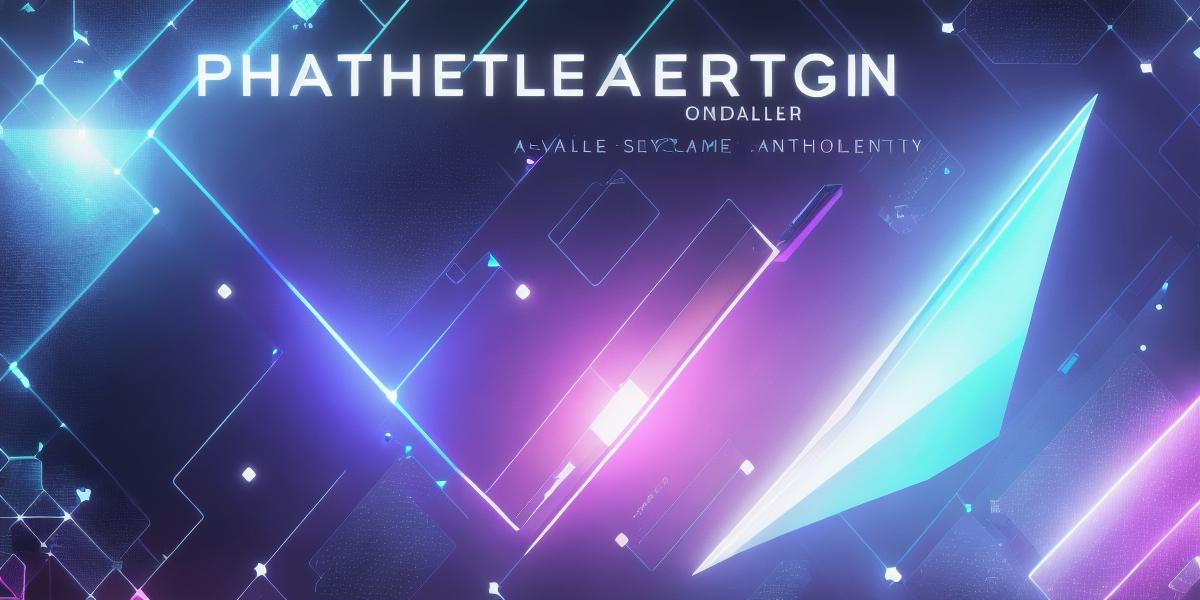Discover the Components of Web3: A Comprehensive Guide

Introduction:
Web3 is a decentralized, peer-to-peer network that aims to revolutionize the way we interact online. It’s built on blockchain technology and consists of three main components: the blockchain, smart contracts, and decentralized applications (dApps). In this guide, we will explore each component in detail and how they work together to create a more secure, efficient, and transparent internet.
1. The Blockchain:
The blockchain is the backbone of Web3. It’s a distributed ledger that records all transactions on the network. The blockchain is decentralized, meaning it’s not controlled by any single entity or organization. Instead, it’s maintained by a network of computers that work together to validate and verify transactions.
The blockchain works by grouping transactions into blocks, which are then verified and added to the ledger. Once a block is added to the ledger, it cannot be changed or deleted, creating an immutable record of all transactions on the network.

One example of a popular blockchain platform is Ethereum, which is used to build dApps and smart contracts for Web3 applications.
2. Smart Contracts:
Smart contracts are self-executing programs that run on the blockchain. They are designed to automate the execution of an agreement between two or more parties. Smart contracts can be programmed to trigger actions based on predefined conditions, making them ideal for situations where trust is an issue.
For example, a smart contract could be used to facilitate the transfer of ownership of a property. The contract would include details such as the purchase price, the date of sale, and any other relevant information. Once the conditions of the contract are met, the transfer of ownership would automatically occur on the blockchain.
- Decentralized Applications (dApps):
dApps are applications that run on the blockchain and can be accessed by anyone with an internet connection. Unlike traditional applications, which are centralized and controlled by a single entity, dApps are decentralized and governed by smart contracts.
dApps can be used for a variety of purposes, including social networking, gaming, supply chain management, and more. They offer many benefits over traditional applications, such as increased security, greater transparency, and the ability to operate without the need for intermediaries.
One example of a popular dApp is Cryptokitties, which allows users to buy, sell, and breed unique digital cats on the Ethereum blockchain.
Summary:
Web3 is an exciting new technology that has the potential to revolutionize the way we interact online. By leveraging the power of blockchain, smart contracts, and dApps, Web3 offers a more secure, efficient, and transparent internet. As the technology continues to evolve, we can expect to see even more innovative applications and use cases emerge.








